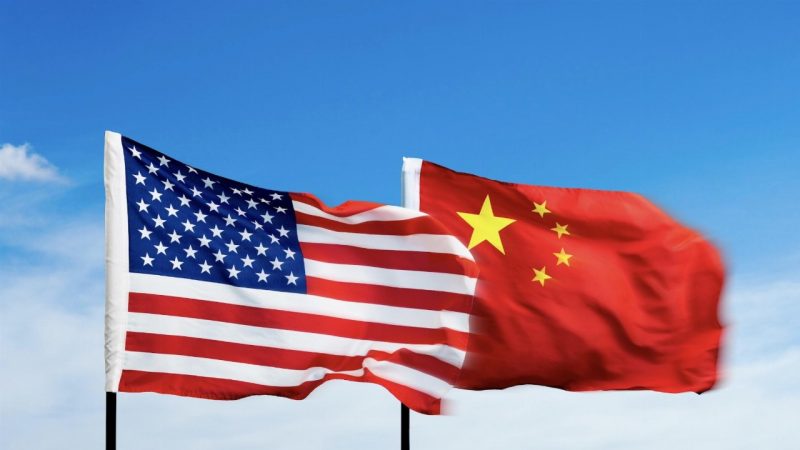The world’s largest economy and Australia’s favoured military ally, the United States, released its Consumer Price Index (CPI) inflation data overnight, showing that inflation remains sticky at 3.7 per cent.
Core inflation, which excludes food and fuel prices, increased 0.3 per cent.
Headline inflation, which includes those more volatile elements, lifted 0.4 per cent, driven by elevated fuel prices through September.
Stock markets haven’t responded well.
The major US indexes finished in the red, and ASX futures responded in turn, as they always do, taking guidance from the US instead of daring to forge their own path.
Additionally, we received Chinese inflation and producer price index (PPI) data this morning.
A brief side note on China
China’s economy remains stagnant, with the country’s September inflation read at 0 per cent.
In September, the country’s Producer Price Index (PPI) fell 2.5 per cent, less than a three per cent drop in August, but still not enough to escape contractionary territory.
While the news may be pleasing for Chinese consumers, the data highlights that China’s economy is grappling with significant uncertainty.
Its recent Golden Week holiday, usually a time of great spending, remains below pre-COVID consumption levels.
US rents, not fuel, the big problem
Looking at the USA’s year-on-year inflation read, shelter is actually the biggest burden on Americans’ cost of living.
The US shelter index has risen over the last 12 months by 7.2 per cent as high rents in the country mimic the situation playing out in Australia.
This is in contrast to the yearly read for energy, which comes in lower at six per cent flat.
House prices also continue to rise in the US at the same time the 30-year mortgage rate hovers near record highs. The average 30Y rate briefly touched eight per cent earlier this month.
Notably, used car prices were the biggest negative factor that kept core prices from going higher.
“Core good inflation fell by 0.4 per cent on the month, to be down 3.2 per cent year to date on an annualised basis, with an 18 per cent fall in used car prices the biggest contributor,” NAB economist Ray Attrill wrote.
Energy biggest monthly competitor
Energy was by far the biggest contributor to the month-on-month US CPI read at a 1.5 per cent climb in September compared to food which only increased 0.2 per cent.
The data, however, was not as bad as that for August, when energy saw an increase of 5.6 per cent.
Pushing up US energy inflation are gasoline prices – what Australians call petrol at the service station.
“Despite the September monthly increases, the energy index fell 0.5 per cent over the past 12 months, with its components mixed,” the US Bureau of Labor Statistics wrote.
Amusingly, one New York Times writer was lambasted on Twitter for saying that US inflation was over – so long as you remove the price of fuel, food, shelter, and used cars.
Interest rate implications
No matter how you measure it, while US inflation continues to come down, the country’s inflation data remains sticky.
Analysts have been doing what they do best – weighing in.
“A higher than forecast US CPI release reiterated the ‘stickiness’ of inflation, partly driven by higher energy prices, and validates the higher for longer market assumption for US rates into 2024,” Argentex Group Head of Forex Analysis Joe Tuckey said.
“The inflation beat has not ‘moved the needle’ on the probability of a rate hike in November, which remains below 10 per cent.”
Citigroup suddenly changes tone
Citigroup analysts agree with him, though, only since the FOMC minutes were released earlier this week. Before that, the bank was expecting a rise in November. In the days since, it’s changed its tone.
Citigroup, in stark contrast to its stance for all of this year, now expects no more Fed rate rises. But the Fed has also said that restrictive policy needs to stay in place for some time yet.
Citigroup still expects the RBA to notch in one more 25bps jump in November as of Friday, for a terminal rate of 4.35 per cent.

